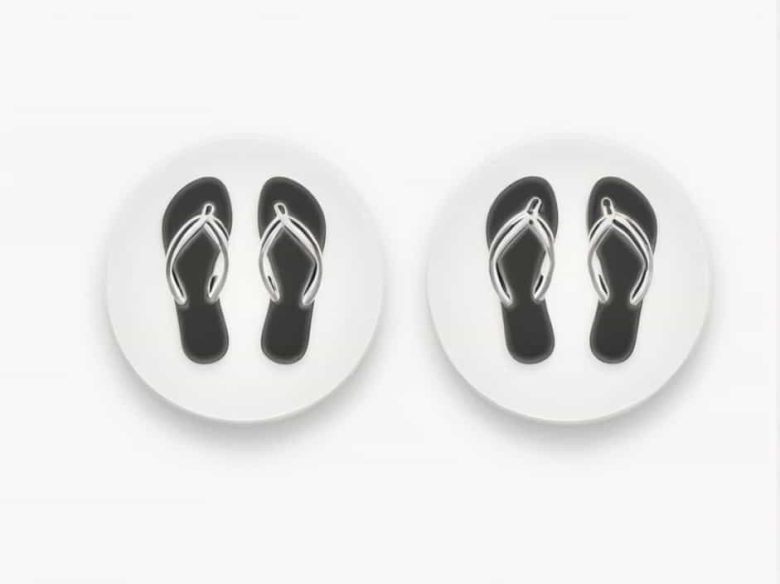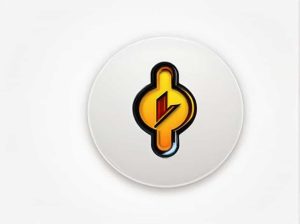In digital electronics latches and flip-flops are fundamental building blocks used for data storage synchronization and sequential logic circuits. Although both are used to store binary information (0 or 1) they operate differently and serve distinct purposes.
Understanding the difference between latch and flip-flop is essential for designing efficient counters registers and memory circuits. This topic will explain their working principles key differences advantages and applications in a simple and easy-to-understand manner.
What Is a Latch?
A latch is a level-triggered storage device used to store one bit of data. It continuously monitors its inputs and changes its output whenever the input changes as long as the enable signal is active.
Working Principle of a Latch
- A latch has two stable states: Set (1) and Reset (0).
- It is level-sensitive meaning it responds to the input as long as the enable signal is high or low.
- It does not require a clock signal for operation.
- It stores data as long as power is supplied.
Types of Latches
- SR (Set-Reset) Latch – The simplest latch controlled by S (Set) and R (Reset) inputs.
- D (Data) Latch – Transfers input to output when enable is active.
- JK Latch – An improved version of SR latch with no invalid states.
- T (Toggle) Latch – Toggles the output when enabled.
What Is a Flip-Flop?
A flip-flop is an edge-triggered storage device that also stores one bit of data. Unlike latches flip-flops change their state only at specific points in time usually on the rising or falling edge of a clock pulse.
Working Principle of a Flip-Flop
- Flip-flops are synchronous devices meaning they require a clock signal to change states.
- The state change happens only at the clock edge (rising or falling edge).
- Flip-flops can be used to build counters shift registers and memory units.
Types of Flip-Flops
- SR Flip-Flop – Operates like an SR latch but is clocked.
- D Flip-Flop – Transfers input to output at the clock edge.
- JK Flip-Flop – Removes invalid states of an SR flip-flop.
- T Flip-Flop – Toggles the output with each clock pulse.
Key Differences Between Latch and Flip-Flop
| Feature | Latch | Flip-Flop |
|---|---|---|
| Triggering Type | Level-sensitive | Edge-triggered |
| Clock Requirement | Not required | Required |
| Speed | Faster but less stable | Slower but more stable |
| Synchronization | Asynchronous | Synchronous |
| Power Consumption | Lower | Higher |
| Complexity | Simple design | More complex circuit |
| Data Stability | Less reliable | More reliable |
Advantages of Latches
✔ Faster operation since they do not wait for a clock pulse.
✔ Lower power consumption because they operate only when enabled.
✔ Simple circuit design with fewer components.
Disadvantages of Latches
✖ Can cause glitches due to continuous monitoring of input.
✖ Prone to race conditions making them less reliable for sequential logic.
✖ Not ideal for synchronized operations in digital systems.
Advantages of Flip-Flops
✔ More stable and reliable due to edge-triggered operation.
✔ Suitable for clocked digital systems like processors and registers.
✔ No glitches or race conditions ensuring consistent performance.
Disadvantages of Flip-Flops
✖ Slower operation due to clock dependency.
✖ Higher power consumption compared to latches.
✖ More complex circuit design requiring additional components.
Applications of Latches and Flip-Flops
Where Are Latches Used?
- Buffer storage in microcontrollers.
- Memory elements in simple circuits.
- Data locking mechanisms in processors.
- Glitch-free switching in control circuits.
Where Are Flip-Flops Used?
- Registers in microprocessors and computers.
- Counters and dividers in digital circuits.
- Shift registers for data transfer.
- Frequency division in clocks and timers.
Which One Should You Use?
- If your application requires speed and does not need synchronization latches are a good choice.
- If your application requires stability reliability and clocked operations flip-flops are better.
- For simple memory storage latches work well.
- For counters registers and high-speed logic circuits flip-flops are the preferred option.
Both latches and flip-flops are essential components of digital electronics each serving a different purpose. Latches are faster and simpler but less stable while flip-flops provide reliable and synchronized operations.
Understanding their differences is crucial for designing efficient digital systems whether in memory storage data transfer or clocked circuits. By selecting the right component based on the application engineers can create optimized and functional digital designs.



